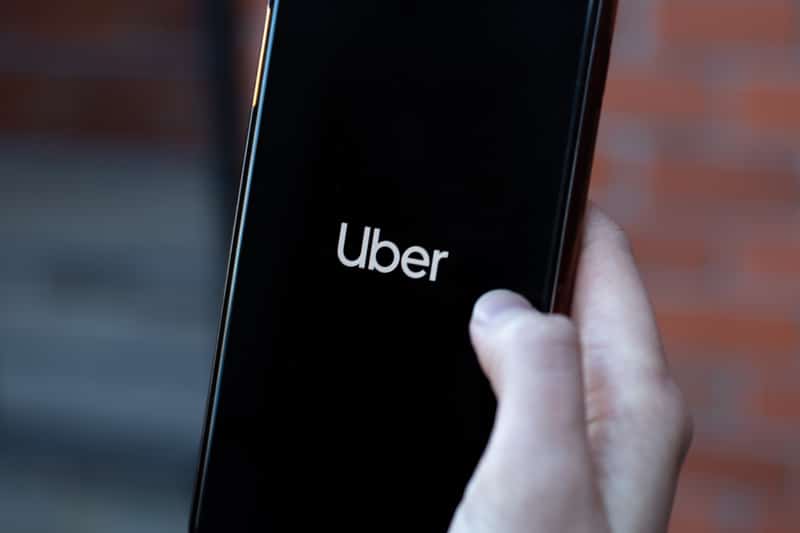
Article Highlights
Despite continued interest from transit agencies in selling tickets and passes through the Uber app, the first agencies to make the move are not seeing strong adoption. The ride-hailing giant has added two transit agencies this month to others selling tickets through its app.
• Table: RTD-App Sales Share
• Graph: NEORide-Ticket Purchases Share
• Graph: RTD-Total Fare Revenue Breakdown
• Table: NEORide-Ticket Purchases, Apps
• RTD (Denver)
• NEORide (Ohio)
• Uber
• COTA (Columbus)
• Via (San Antonio)
• Lyft
• Transit
• Masabi
Despite continued interest from transit agencies in selling tickets and passes through the Uber app, the first agencies to make the move are not seeing strong adoption.


















